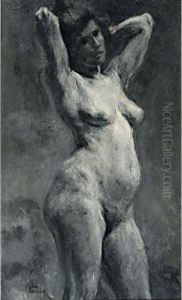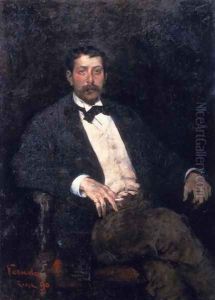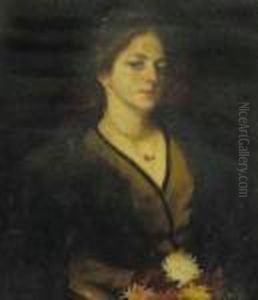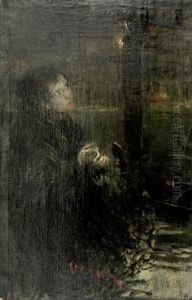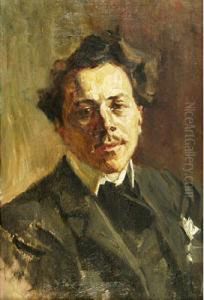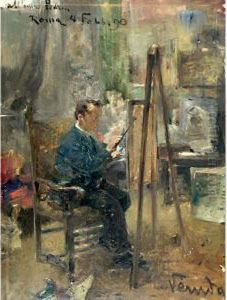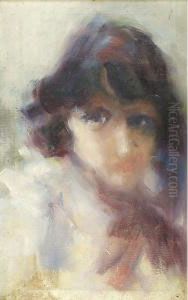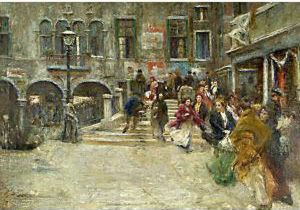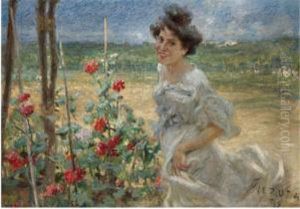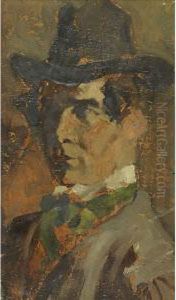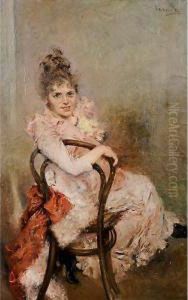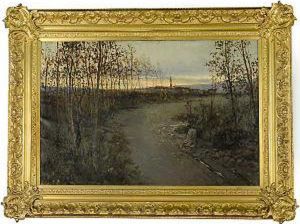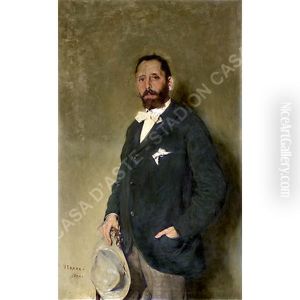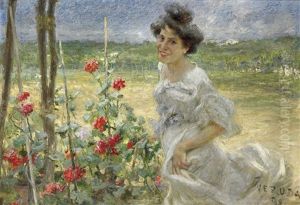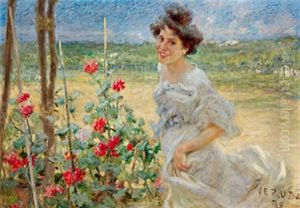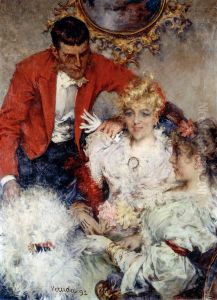Umberto Veruda Paintings
Umberto Veruda was an Italian painter, primarily associated with the Italian Divisionism movement, which was part of the broader divisionist trend in European painting towards the end of the 19th century. Born on April 26, 1868, in Trieste, which was then part of the Austro-Hungarian Empire and now is in Italy, Veruda grew up in a culturally vibrant environment that was open to new ideas and artistic movements sweeping through Europe.
Veruda's artistic inclinations were evident from an early age, and he pursued his passion for art through formal education and personal exploration. His style evolved over time, showing influences from various avant-garde movements of his time, including Impressionism and Post-Impressionism, but he is especially noted for his experimentation with Divisionism. This technique involved separating colors into individual dots or strokes to achieve greater vibrancy and luminosity in the paintings.
Despite his promising career, Umberto Veruda's life was tragically short. He died on June 16, 1904, at the age of 36. His early death meant that his body of work was not as extensive as some of his contemporaries, but his contributions to the Italian art scene were significant. His work is characterized by a dynamic use of color and light, often focusing on landscapes, seascapes, and urban scenes. Veruda's paintings capture the transitional nature of Italian society at the turn of the century, reflecting the tensions between the traditional and the modern.
Throughout his career, Veruda participated in various exhibitions, contributing to the diffusion of Divisionism in Italy. His works are held in several Italian museums and galleries, appreciated for their technical skill and emotional depth. Despite his brief career, Umberto Veruda remains an important figure in the history of Italian art, representing the innovative spirit of the Divisionist movement and its contribution to the evolution of modern art in Europe.
